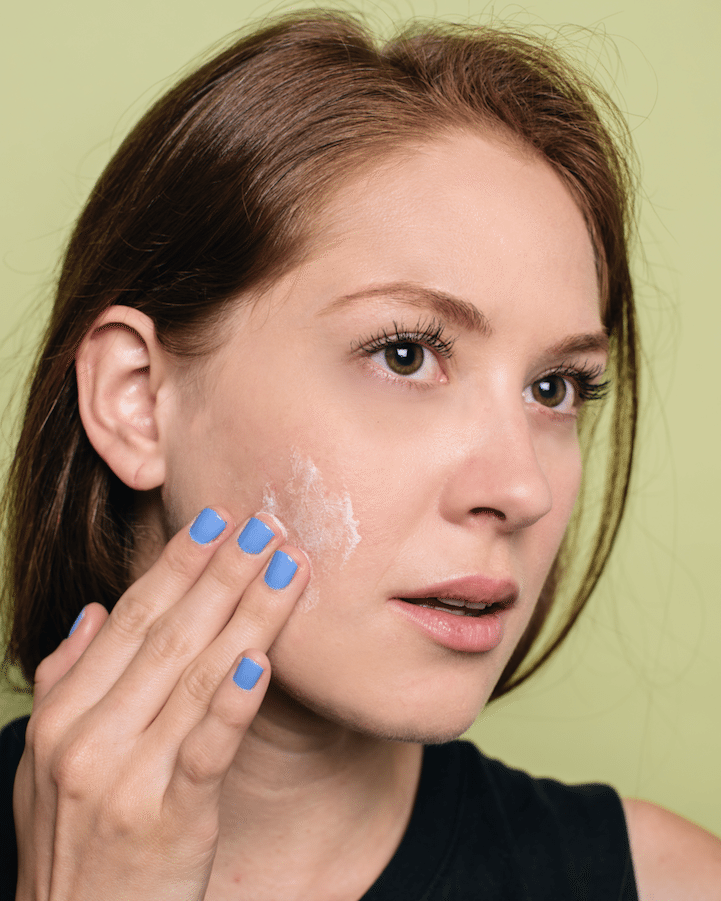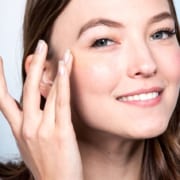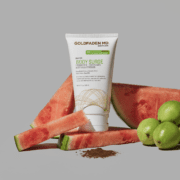Do’s and Don’t of Exfoliation, Dr. G reports
Ever wonder why a baby’s skin is so soft? It’s because babies naturally replace their skin cells every few days. As you grow older, however, the rate of skin cell turnover slows down dramatically. Dead cells on your skin’s surface hang around much longer, a fact that tends to accentuate those fine lines and make your complexion look dull and lifeless. By removing these dead skin cells, exfoliation helps make up for the gradual slowing down of your natural skin renewal process, improving the tone and texture of your skin.
 The process of exfoliation is a lot like peeling away the dry, outer skin of an onion to reveal the living layers beneath. Whether the exfoliation is done using mechanical abrasion or a controlled chemical reaction, removing dead and damaged skin cells on the surface allows the fresh new skin underneath to become visible. This newly exposed layer of skin feels much softer and smoother. Its surface reflects light better, making fine lines and other small imperfections harder to see. Age spots and other areas of unwanted pigmentation are less noticeable because the dead skin cells containing the pigment have been removed. Exfoliation unplugs clogged pores and allows for the release of natural skin oils. Regular exfoliation also helps to maintain open pores, decreases pore size, and minimizes many types of superficial scarring. In addition, removing the top layer of dead and damaged cells allows other health-promoting agents such as moisturizers, antioxidants, and collagen-boosting ingredients to better penetrate the skin and work more effectively.
The process of exfoliation is a lot like peeling away the dry, outer skin of an onion to reveal the living layers beneath. Whether the exfoliation is done using mechanical abrasion or a controlled chemical reaction, removing dead and damaged skin cells on the surface allows the fresh new skin underneath to become visible. This newly exposed layer of skin feels much softer and smoother. Its surface reflects light better, making fine lines and other small imperfections harder to see. Age spots and other areas of unwanted pigmentation are less noticeable because the dead skin cells containing the pigment have been removed. Exfoliation unplugs clogged pores and allows for the release of natural skin oils. Regular exfoliation also helps to maintain open pores, decreases pore size, and minimizes many types of superficial scarring. In addition, removing the top layer of dead and damaged cells allows other health-promoting agents such as moisturizers, antioxidants, and collagen-boosting ingredients to better penetrate the skin and work more effectively.
DON’T OVER EXFOLIATE– This is perhaps the most important thing to remember so that you can avoid any damage and/or irritation of the skin. It’s safe to assume that exfoliating twice weekly can achieve great results and refrain from irritation or over exfoliating. Of course, there are the people who enjoy exfoliating daily, but this is personal preference and heavily based on your skin type. If you notice a burning sensation or it your skin becomes very sensitive and/or red after using a product, stop it. Ultimately, you should stay in tune to what your skin needs, feels and looks.
DO EXFOLIATE ALL OVER- Exfoliation does not store at your face. Work your exfoliation routine down into the neck and décolleté area, even your lips too as these areas can greatly benefit from exfoliation too as it removes dead surface skin cells, brightens overall skin tone and improves texture. Other areas to exfoliate: your elbows and knees.
DON’T GO SUNBATHING AFTER EXFOLIATING- Exfoliating reveals a baby-fresh layer of skin, you could be more susceptible to the
sun’s rays. Use caution when heading outdoors. Use a higher SPF in your sunscreen, wear a hat, carry a sun umbrella and try to stick to shady spots whenever you can.
DO EXFOLIATE AT NIGHT- Skin renews itself overnight
so the perfect time to exfoliate is right before bed. Use a good sunscreen with high SPF during the day, especially if your skin has recently been exfoliated. While we all want smooth and clear skin, it’s we also want to protect against sun damage.
DO CONSIDER CHEMICAL EXFOLIANTS- Physical exfoliants aren’t the only wat to shough off dead skin to reveal a brighter complexion. Ingredients that chemically exfoliate the skin include glycolic acid, alpha-hydroxy acids, lactic acid and various enzymes.









Leave a Reply
Want to join the discussion?Feel free to contribute!